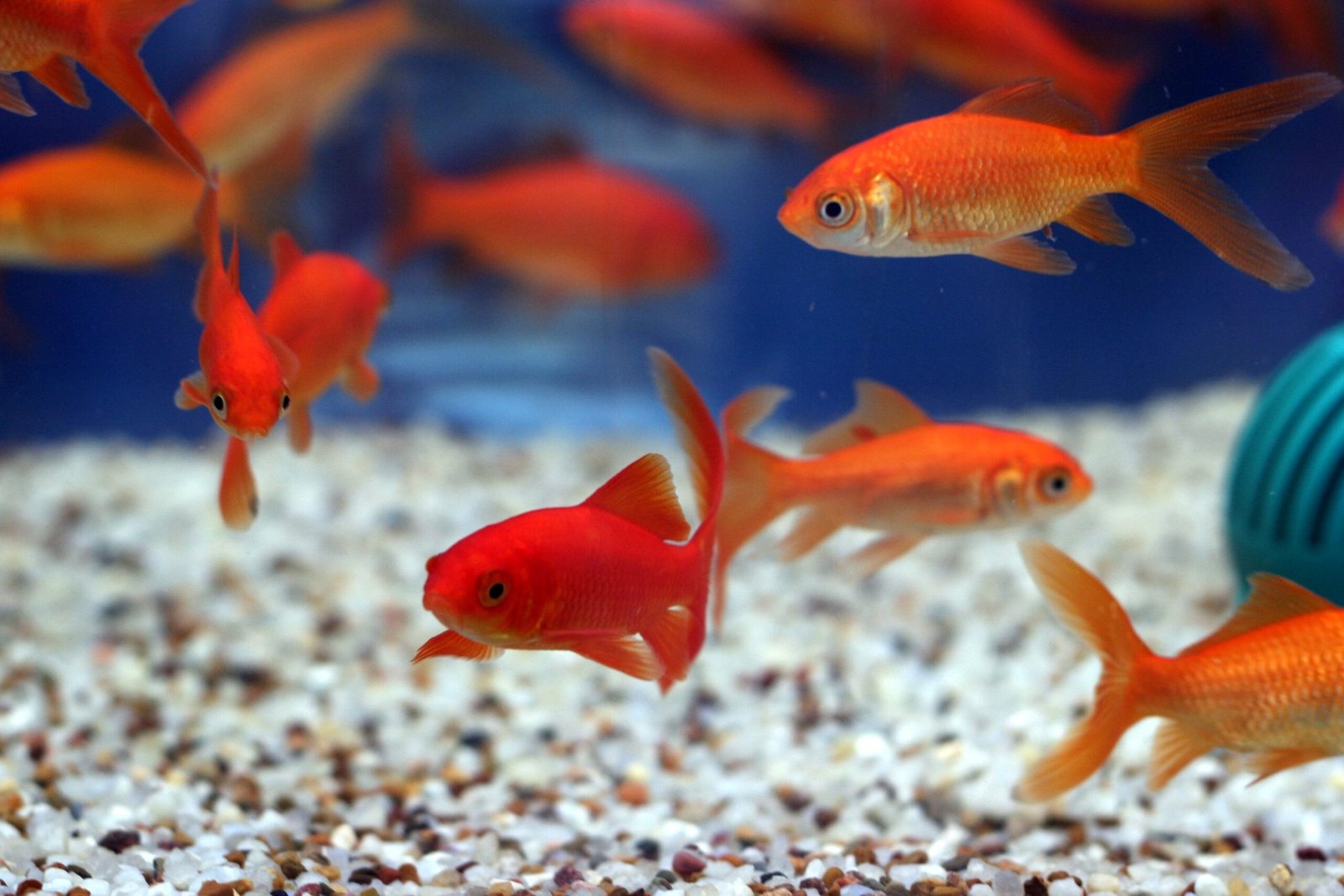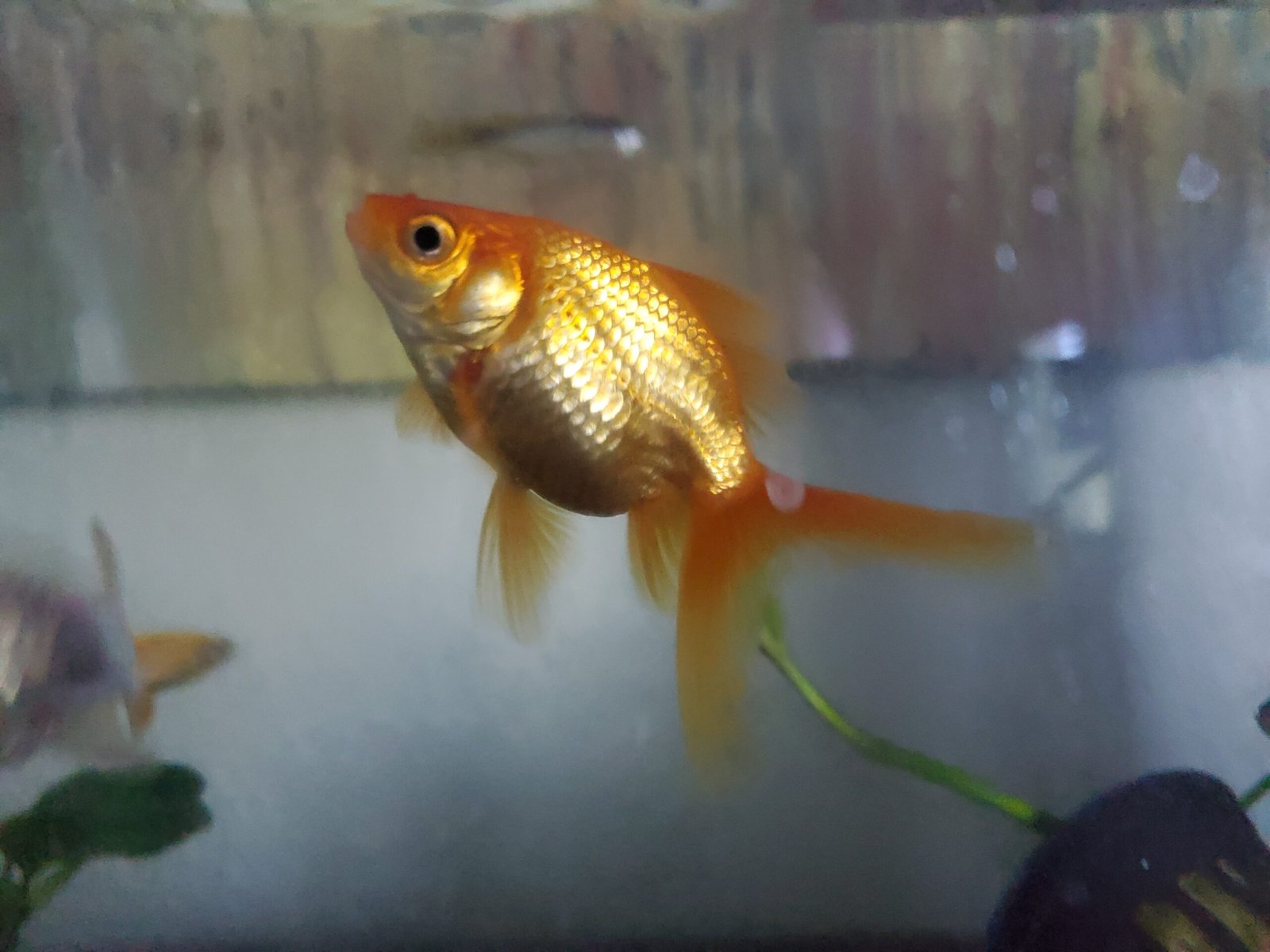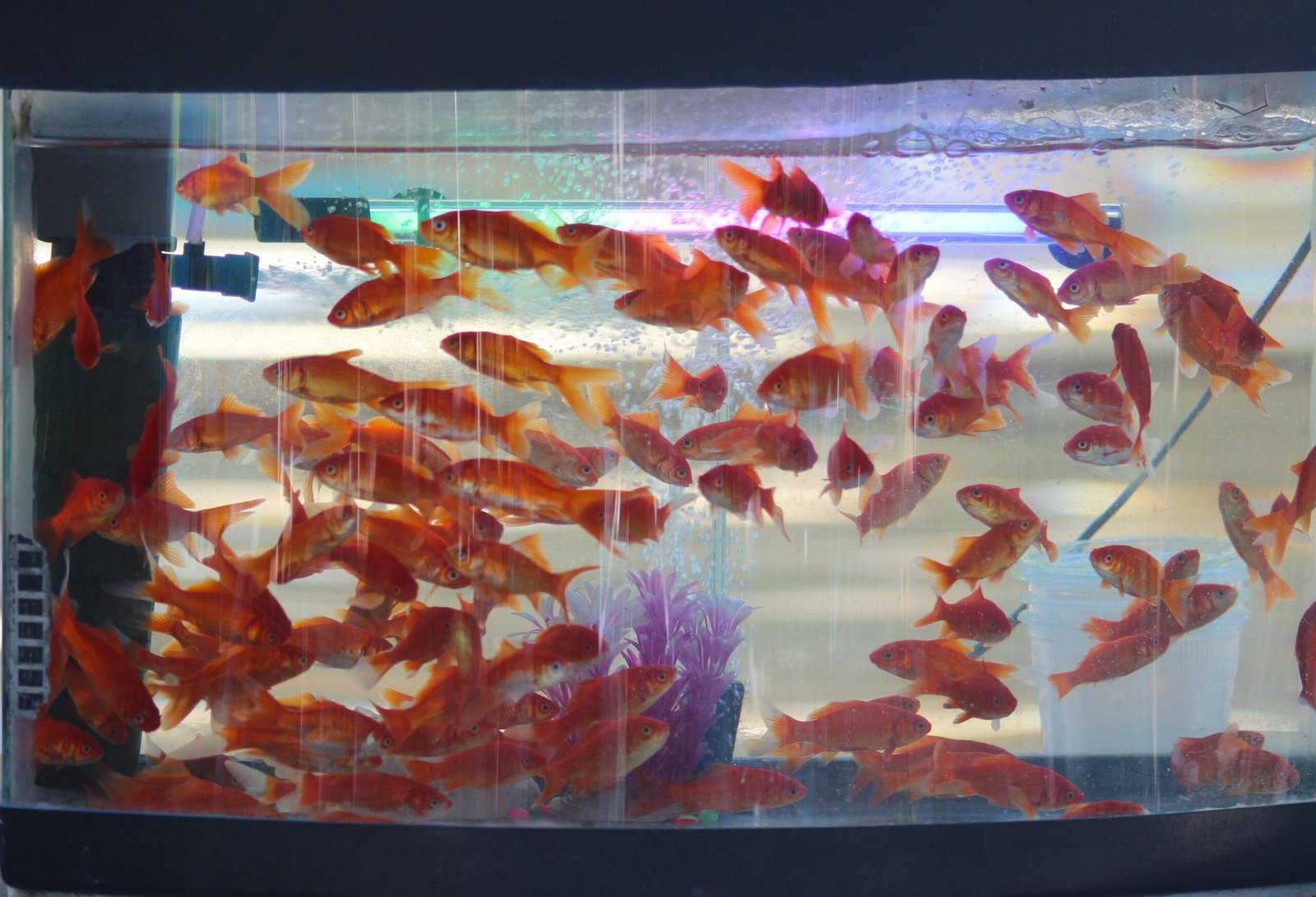Imagine gazing into the glittering water of a home aquarium, watching goldfish dart and swirl, their orange scales catching the light. For years, people have chuckled at the idea that these captivating creatures forget everything in just three seconds. But what if this widespread belief was shockingly wrong? What if, hidden behind those curious eyes, goldfish were quietly harboring a world of memories? Prepare to be amazed—the story of goldfish memory is far more fascinating, and it just might change the way you see these humble pets forever.
The Myth of the Three-Second Memory

The belief that goldfish have a memory span of only three seconds has become one of the most enduring myths in popular culture. It’s repeated in jokes, cartoons, and even by well-meaning pet owners. But where did this idea come from? Some say it started as a way to rationalize why goldfish swim aimlessly, as if in a constant state of rediscovery. Others believe it was a misunderstanding of early scientific experiments. Regardless of its origin, this myth has shaped how people perceive goldfish intelligence for generations. The truth, however, is far more intriguing and respectful of these little swimmers.
What Science Really Says
Scientific studies over the past few decades have completely debunked the idea of a three-second memory. Researchers have tested goldfish using a variety of clever experiments, such as teaching them to swim through mazes or respond to specific cues for food. Astonishingly, goldfish have shown the ability to remember tasks, locations, and even sounds for weeks and sometimes months. These experiments reveal a level of cognitive ability that goes far beyond what the myth suggests. Goldfish are not only capable of learning, but they can also adapt and solve problems, displaying a surprising depth of intelligence.
Goldfish and Learning: More Than Meets the Eye
Goldfish are quick learners when given the chance. In controlled environments, scientists have trained goldfish to navigate mazes by rewarding them with treats. Over time, the fish become faster and more efficient, clearly recalling the route they need to take. This kind of learning is called spatial memory, and it’s the same type of memory that helps humans remember the way home from the store. Goldfish also remember feeding times and even recognize the person who feeds them, swimming to greet their caretaker at the same time each day. Such behaviors prove that goldfish memory is robust and reliable.
How Goldfish Remember: The Brain Behind the Fins
While a goldfish’s brain is small, it is surprisingly complex. The part of their brain responsible for learning and memory is called the telencephalon, which is similar in function to parts of the human brain. This structure allows goldfish to process and retain information, supporting behaviors like navigation and social interaction. Scientists have found that goldfish can associate specific colors, shapes, and even sounds with rewards. Their neural pathways strengthen with practice, much like how repetition helps humans remember new skills. This brain power makes goldfish adaptable and surprisingly clever.
Memory in the Wild: Survival Skills
Goldfish in the wild use their memory to survive. They remember the locations of food sources, hiding spots, and potential dangers in their environment. This memory allows them to avoid predators and find their way back to safe areas after foraging. In rivers and ponds, a goldfish’s ability to recall where food is plentiful or where the currents are gentle can mean the difference between life and death. Their memory is not just a party trick—it’s a crucial tool for survival, honed by evolution over millions of years.
Goldfish in the Classroom: Teaching and Training
Goldfish are often used in classrooms to teach students about learning and memory. Simple experiments, like training a goldfish to swim to a certain corner for food, can show how quickly they can pick up new behaviors. Students are often amazed to discover that goldfish can remember these tasks for weeks. Such lessons help foster a sense of respect and curiosity about animal intelligence. They also challenge students to question myths and think critically about the information they encounter.
Real-World Examples: Goldfish Outsmarting Expectations
There are countless stories of goldfish displaying remarkable memory and intelligence. Some pet owners have taught their goldfish to swim through hoops, push levers, or even play simple games. These feats require memory, coordination, and a willingness to learn—qualities not often associated with fish. In one famous experiment, goldfish were trained to press a lever for food, but only at certain times of day. The fish quickly learned the schedule, demonstrating both memory and a sense of time. Such stories highlight just how underestimated these pets have been.
Why the Myth Persists

Despite overwhelming scientific evidence, the myth of the three-second memory refuses to die. Part of the reason is that goldfish behavior can seem repetitive and random to casual observers. People may mistake their constant swimming for forgetfulness, rather than curiosity or exploration. Additionally, the myth is easy to remember and fun to tell, making it stick in people’s minds. Unfortunately, it leads to misunderstandings about goldfish needs and abilities, sometimes resulting in poor pet care. Dispelling this myth is important for the well-being of goldfish everywhere.
The Emotional Lives of Goldfish

Studies suggest that goldfish experience basic emotions, which are deeply tied to memory. They respond to positive experiences, such as feeding or gentle interaction, and can become stressed in boring or harsh environments. A goldfish that remembers a kind owner or a favorite hiding spot is experiencing its world in a richer, more meaningful way than the myth allows. Recognizing their emotional capacity helps us treat goldfish with greater empathy and respect. Their lives are far more complex and emotionally engaging than many people realize.
Caring for Goldfish: The Role of Memory

Understanding goldfish memory can help owners provide better care. Because goldfish remember routines and environments, changes in their tank can be confusing or stressful. Keeping a stable environment, feeding at regular times, and offering enrichment through decorations or training can keep goldfish happy and healthy. Owners who engage with their goldfish, teaching them tricks or simply spending time near the aquarium, may notice their fish responding with more curiosity and activity. A goldfish’s memory is a window into its well-being, making attentive care all the more important.
What We Can Learn from Goldfish Memory
Goldfish prove that even the smallest creatures can surprise us with their abilities. Their memory challenges our assumptions and reminds us to look closer at the natural world. By debunking the three-second myth, we can appreciate goldfish not just as pretty pets but as intelligent, adaptable animals. This shift in perspective encourages us to be more mindful of the creatures we share our lives with and to value the hidden depths in the world around us. Isn’t it astonishing what we discover when we give nature a second look?




